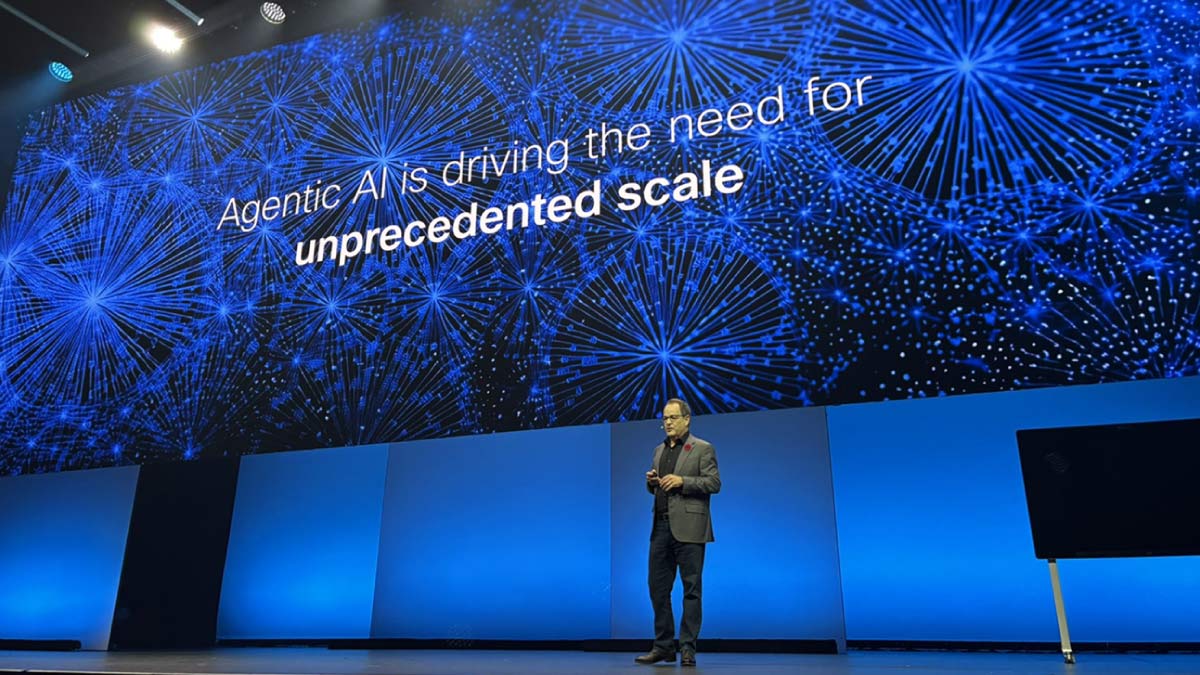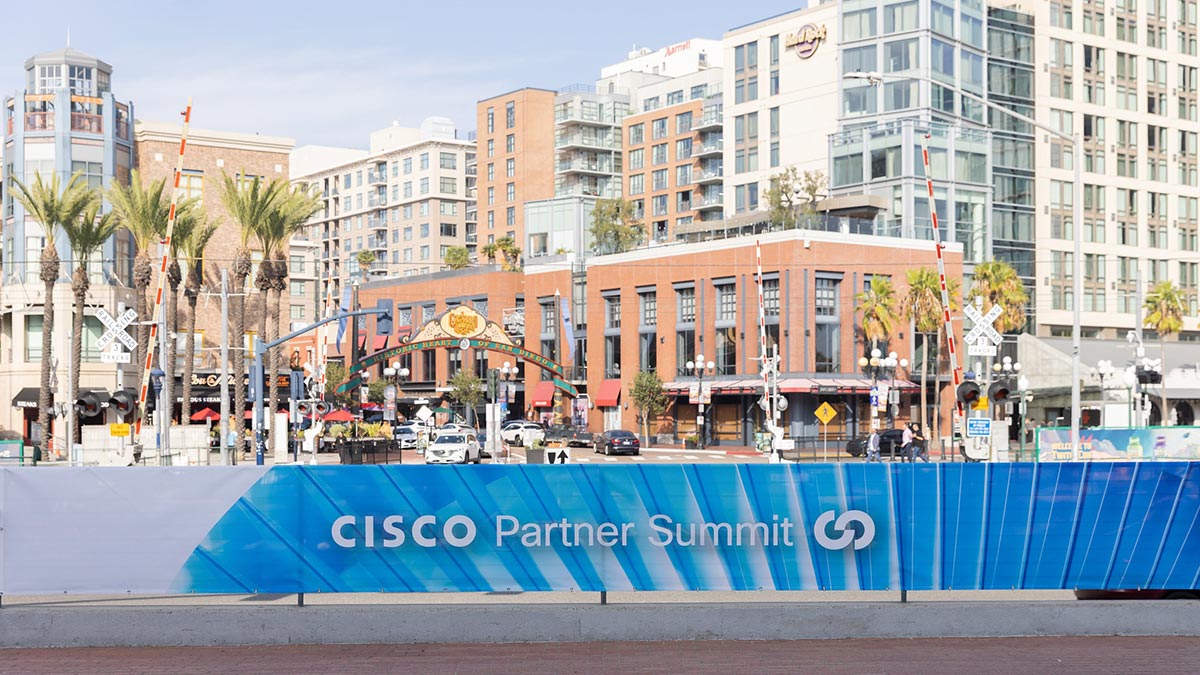Innovation drives progress. But without a clear path, great ideas can stall on the whiteboard. At Cisco, we've built a robust pipeline that transforms incubation into impactful solutions — fast.
"We used to measure things in years. Now it's even more compressed, unbelievably so," said DJ Sampath, SVP of AI software and platform. "When you move this fast, the ability to inflect change becomes real."
This acceleration is powered by deep collaboration between Cisco's Outshift incubation engine and its product development teams. The result? Innovations like AI Defense and AI Canvas have moved from concept to market in record time.
A partnership born at 30,000 feet
The Outshift-AI product team partnership was solidified during an overnight flight across the Atlantic. DJ Sampath couldn't wait to share his insights with Papi Menon, VP of Outshift product management — even if it meant waking him mid-flight.
"Our teams were building incredible things, but we weren't consistently synchronized," Sampath recalled.
That conversation sparked a transformation in how the teams collaborate.
The key insight? Incubation teams like Outshift identify emerging tech and prove concepts, while product teams take those validated foundations and scale them to customers. Success requires both working in lockstep.
"We're not here to build something on the side and take it to market," explained Vijoy Pandey, GM and SVP of Outshift, by Cisco. "We need to work with product teams to scale these ideas. That's where our collaboration becomes critical."
From whiteboard to market: the AI Defense story
In May 2024, Jeetu Patel, Cisco's chief product officer, sketched a vision: give customers visibility into every token flowing through their AI applications via a single-pane-of-glass solution — and do it quickly.
The synchronized teams delivered. Outshift had already built Pantopica’s cloud security infrastructure. And Sampath’s team used key elements for AI Defense instead of building from scratch. The collaboration cut development time dramatically.
The timeline:
- January 2025: Announced at Cisco's AI Summit
- March 2025: In customers' hands
- April 2025: Sales teams actively selling
- Q4 2025: One of the largest quarters for customer adoption
"We're basically starting to inflect the market," Sampath noted.
Building for an agentic future
The collaboration model powered another breakthrough: AI Canvas, our industry-first generative UI workspace redefining how teams and AI agents collaborate.
Because Cisco had pioneered the Internet of Agents standard donating the AGNTCY project to the Linux Foundation, in July 2025, Sampath’s team launched AI Canvas launched with critical foundations already in place.
"The questions about agent discovery, communication protocols, identity, and security had already been worked through," Pandey explained.
The Outshift model
Most startups chase product-market fit. Will customers buy this? Outshift asks a different question: Can Cisco actually ship and support this at scale?
"You've probably heard about product-market fit (PMF). We focus on product-company fit or PCF," Pandey said.
That's why staying in sync with Sampath's team from day one matters at Outshift. This way, the team is not proving concepts in isolation and hoping someone picks them up. It’s building with the product teams throughout Cisco — validating that the technology works and that it fits how Cisco operates.
Product-company fit means proving it works with Cisco’s platforms, its sales motion, and its support model. The question is: Can it be scaled? And will it integrate with what customers already use?
"We build in spaces adjacent to Cisco's core businesses — networking, security, observability, collaboration," Pandey said. "We take things from ideation through early customer traction. Then we work with product teams to scale them."
Innovating at Cisco scale
The collaboration isn't about formal handoffs or stage gates — it's organic, built on constant communication and mutual respect.
With AI Defense, that meant Outshift proving Panoptica's cloud infrastructure while staying connected to what Sampath's team would need for the security layer. With AI Canvas, it meant building the Internet of Agents standard while Sampath's team shaped how the platform would use it. Not sequential handoffs. That demanded constant communication about what was coming, what was ready, and what fit.
"When you can move from insight to market impact in months instead of years," Sampath concluded, "you don't just respond to what customers need—you help define what's possible. That's what happens when incubation and product development work as true partners."
The bottom line: When great incubation meets close collaboration, deep customer understanding, and product rigor at Cisco scale, the company doesn’t just react to the future — it shapes it.




